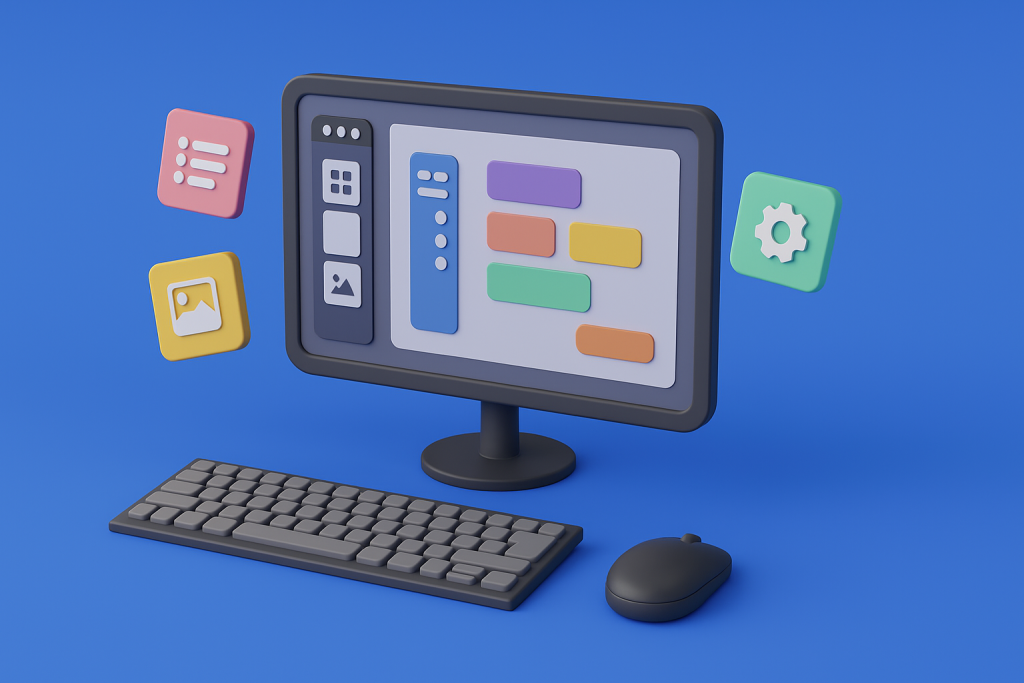Enterprise software delivery is changing fast. Traditional build-test-release cycles, once the norm, feel mismatched with the pace and complexity of modern business. Across industries, IT teams are adopting new tools and workflows to deliver value with more speed, safety, and alignment.
Instead of relying on large, infrequent releases, organizations are focusing on speed, automation, and more responsive delivery models.
CI/CD Is Replacing Long Release Cycles
Many IT departments rely on continuous integration and continuous delivery (CI/CD) pipelines to automate testing and deployment. Code moves through environments faster, with fewer manual steps and fewer delays between development and production.
Smaller, more frequent updates reduce rollout risk and improve feedback, keeping software aligned with real-world needs.
DevOps as a Delivery Mindset
Development and operations used to be separate silos. That model is giving way to DevOps, where teams share accountability for stability, performance, and uptime. Faster feedback loops allow issues to surface earlier, and standardized environments make handoffs less painful.
Teams no longer work in isolated roles; they act as one to support the full software lifecycle.
Automation and AI Lifting the Operational Load
Automation plays a central role in maintaining speed and consistency. From infrastructure provisioning to test execution and deployment orchestration, routine tasks are mostly handled by machines. Artificial intelligence (AI), especially in the form of AIOps, helps detect anomalies, forecast issues, and guide decision-making.
These capabilities free up time, improve consistency, and support more proactive decision-making.
Smarter Feature Rollouts With Built-In Safeguards
Tools like feature flags, canary deployments, and A/B testing allow teams to roll out new functionality in smaller, controlled ways. Changes can be released to a limited audience, monitored in real time, and reversed if needed. Paired with observability platforms, this approach turns releases into a learning process rather than a one-time event.
Cloud-Ready Infrastructure and Modern Applications
Application modernization and cloud migration continue to gain traction. Organizations are shifting away from brittle legacy systems toward cloud-native architectures that can scale, update, and recover more easily. This translates into a decrease in operational drag while opening the door to more resilient digital services.
Agile Approaches Are Expanding Across Teams
Agile methods have matured and expanded. What started with small developer squads is being scaled across entire organizations. Larger teams coordinate across product lines, and delivery cycles are planned with business alignment in mind. Agile at scale supports faster innovation without losing sight of governance or technical complexity.
Low-Code Platforms Joining the Delivery Stack
Not every application requires a full custom build. Many IT leaders are turning to enterprise-ready low-code development platforms to deliver secure, scalable solutions in a fraction of the time. These tools give developers a head start while also enabling non-developers to contribute meaningfully to digital initiatives.
Sandra Larson is a writer with the personal blog at ElizabethanAuthor and an academic coach for students. Her main sphere of professional interest is the connection between AI and modern study techniques. Sandra believes that digital tools are a way to a better future in the education system.






